Spainish wine Aging Classification: Vino Joven, Crianza, Reserva and Gran Reserva.
Aging wine as been in practice for centuries, it can be done while wine is in the Oak barrels and in bottles. Wine picks up more flavors while aging in oak; then develops further in the bottle improving its complexity and elegance. Nowadays, aging wine is a common practice found worldwide; in Rioja and Ribera del Duero of Spain, however, wine-aging more than just common practice, it is tradition. A tradition that over time became the regional classification of quality.
Vino Joven
Although, rarely heard of because it isn’t meant for the export markets, Vino Joven or Young wine is also very common in Rioja. It is the very basic of wine, made from low-quality grape with short aging, with little to no oak. They are often found on every lunch table and are meant for early consumption. Winemakers also learned that by removing “Vino Joven” completely and only name it Rioja, the same bottles will have better appeal to consumers, it now becomes more common to only label wine Rioja for this category.
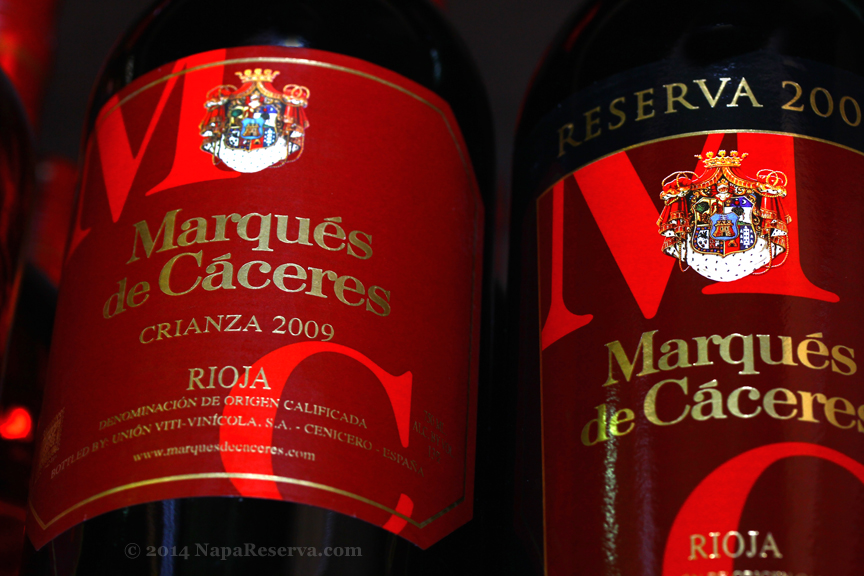 Crianza
Crianza
Stepping into the three official levels of quality classification. Starting out with Crianza, a popular wine in all of Rioja, it is easy to drink, fresh of red fruit flavors laced with vanilla and hints of spice of the finish. Crianza consists of lean body, vibrant acidity making very popular to pair with food. This is a good everyday wine, made from good but not the best grapes. The very best of grapes from top vineyards are “reserved” for Reserva and Gran Reserva.
Requirements for Crianza:
- Red: Minimum 2 years of aging with at least 1 year in oak.
- White: Minimum of 6 months in oak.
Reserva
New World full-body and fruit-driven wines, especially from California, are packed with flavors, jammy texture and definitely very bold; many wine-drinkers enjoy a more structured wine with high intensity, it is not common for these wine to around $100, some can fetch over $200. This phenomenon plays part in the misunderstanding of Spanish Rioja Reserva.
Rioja Reserva is much more than just fruit and intensity. Reserva wines are made from the high quality grapes from selected vineyards. Reserva is indeed more structured than Crianza and fuller body, but that’s not what Reserva is about. Reserva is Rioja in the bottle, complex layers of unmistakable earthiness, dry herbs and charred leather, all tied together with a lasting and subtle smoky finish. Only on great harvests when Reserva should be made.
Requirements for Reserva:
- Red: Minimum 3 years of aging with at least 1 year in oak.
- White: Minimum of 1 year with at least 6 months in oak.
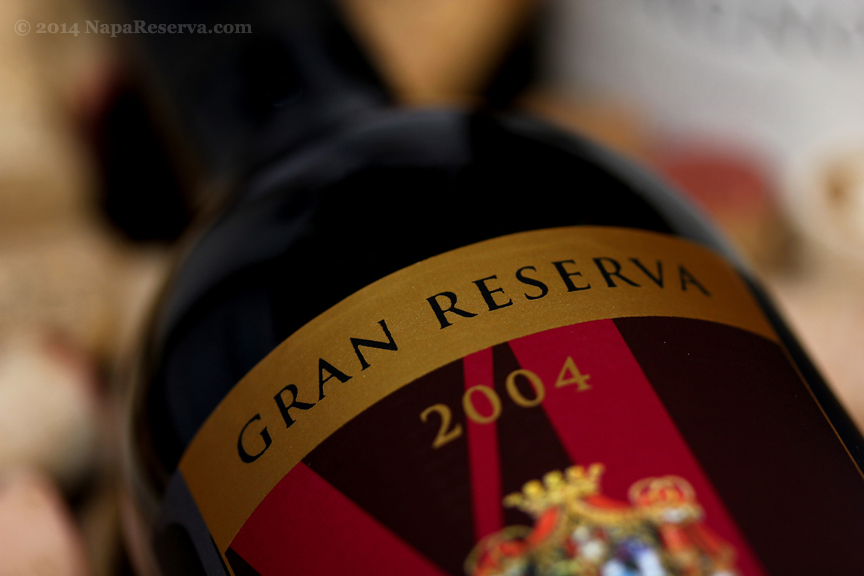
Gran Reserva
Being on top of the hierarchy, Gran Reserva isn’t very easy to come by. It is only made in exceptional years and comprised of grapes from the very best vineyards. Less than 9% of wines produced each year is made into Gran Reserva. Gran Reserva is the best Rioja can offer; it is elegant, complex and balance, often compared to the texture of silk with a memorizing finish. Gran Reserva is among the longest lasting and age worthy wines there are. With minimum requirement of 5 years, however many vine-makers age them much longer before release to enhance flavors and depth. On average, Gran Reserva won’t be available until completing 8 or more years of aging.
Requirements for Gran Reserva:
- Red: Minimum 5 years of aging with at least 2 year in oak.
- White: Minimum of 4 years with at least 6 months in oak.

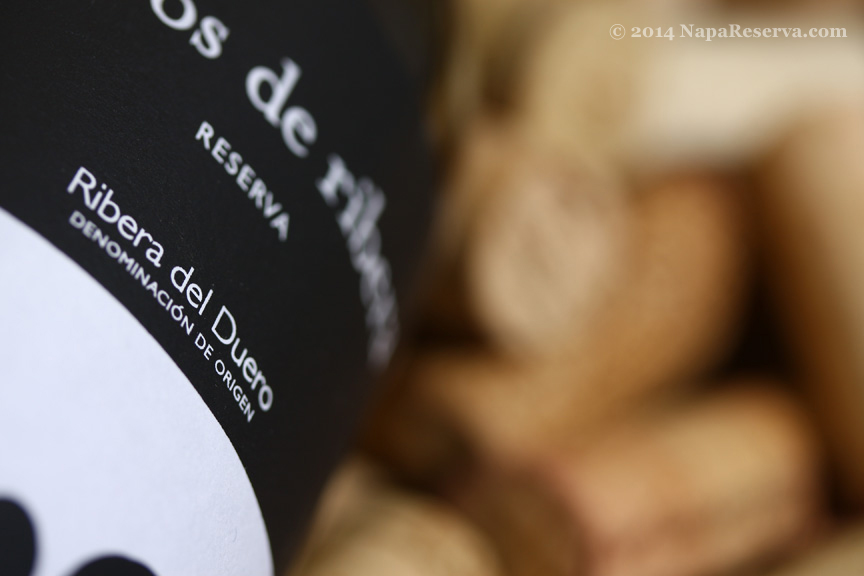
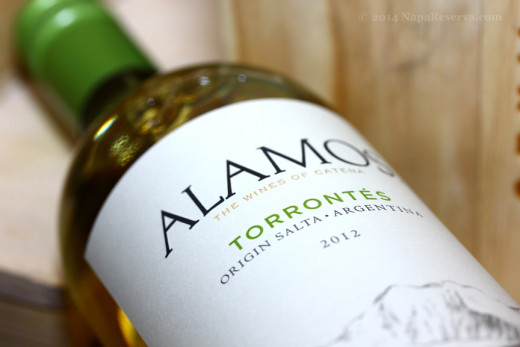

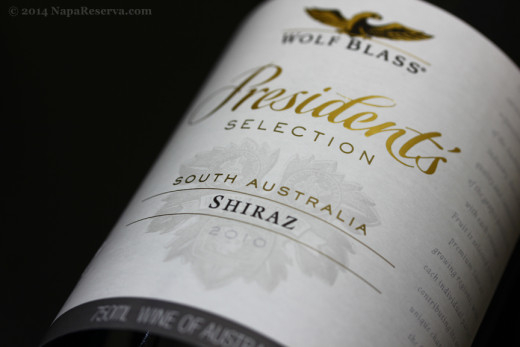
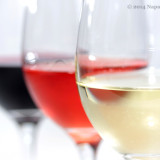
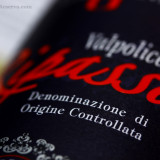

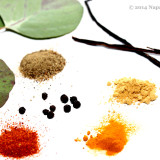
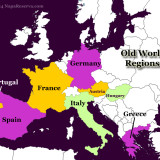
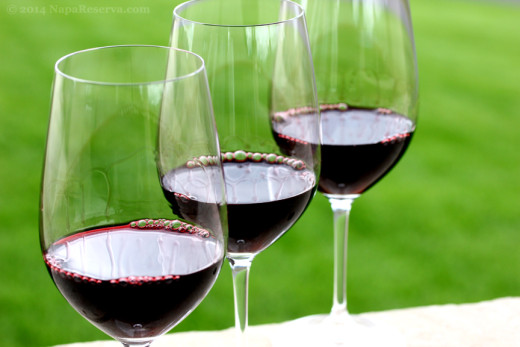
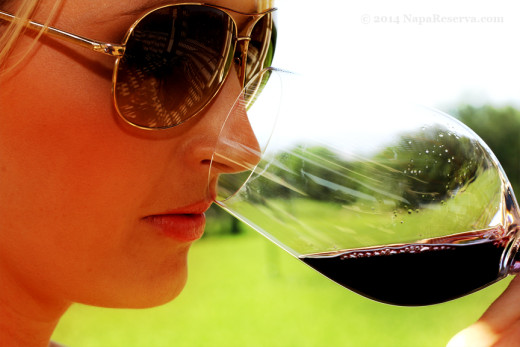
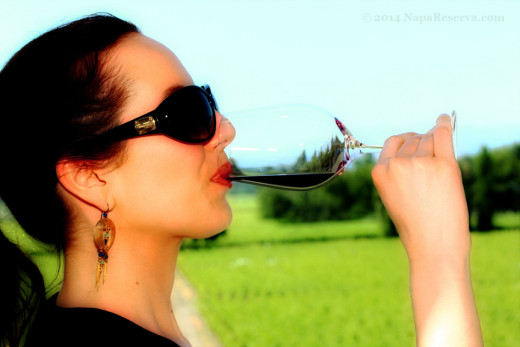
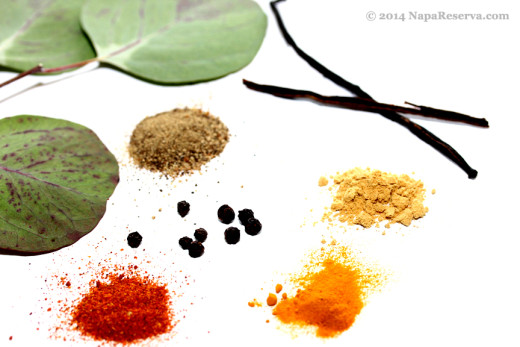
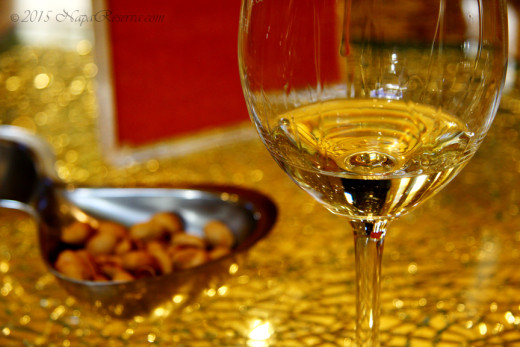


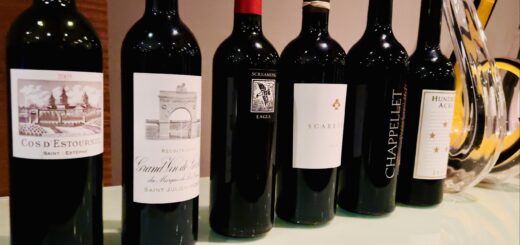
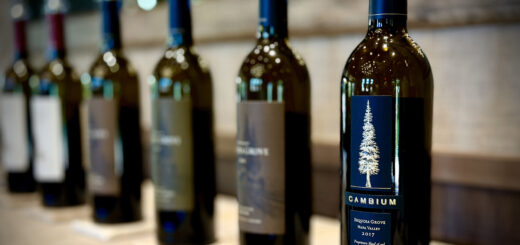
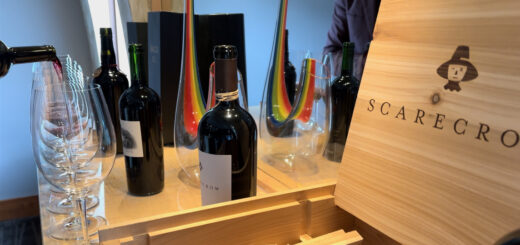
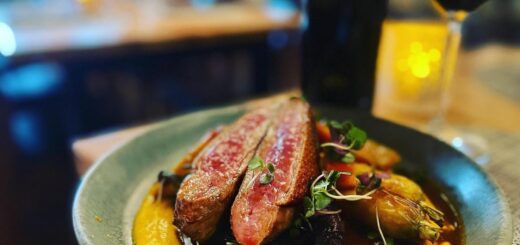
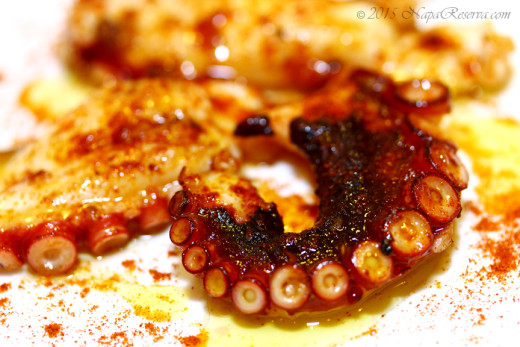
1 Response
[…] This winery has a few different labels: Vina Alberdi, Vina Ardanza, Vina Arana and the flagship Gran Reservas – 890 & 904. The Alberdi has a street value of about $20-25 and the Ardanza and Arana are any where from $35 to $45/750ml. I have tasted the Ardanza and Arana in the past. Also beautiful wines, but different due to the varying varietal blends and the different aging profiles of Reserva and Gran Reserva. These other two wines represent outstanding value with exceptional quality. The last two are much more expensive and represent their premium tier. If your not familiar with the Spanish aging classification system, see this link for an explanation: Spanish Wine Classification System. […]